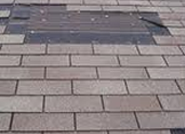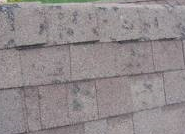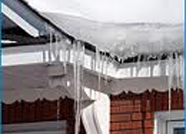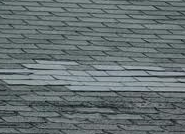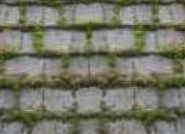Denver Roof Repair & RestorationWebmaster2017-02-20T10:43:19+00:00

Denver Roof Repair & Restoration
Your Local Roof Storm Damage Repair Company
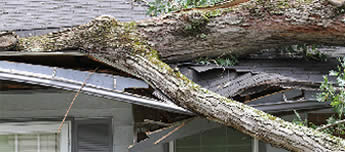 Your roof takes a beating each year from Mother Nature. Roof damage can be caused by hail, wind, rain, snow & ice, and even the sun. Denver storms roll through and create leaky roofs in their wake.
Your roof takes a beating each year from Mother Nature. Roof damage can be caused by hail, wind, rain, snow & ice, and even the sun. Denver storms roll through and create leaky roofs in their wake.
When storms cause roof damage, SMART Roofing’s professional roof repair & restoration team is ready to go. We specialize in storm damage restoration and homeowners insurance claims. We will thoroughly inspect your property and create a comprehensive evaluation and improvement estimate. Sometimes a storm damaged roof can be restored by repair alone. Sometimes complete roof replacement is required to restore your home to safety. We will discuss your options thoroughly with you.
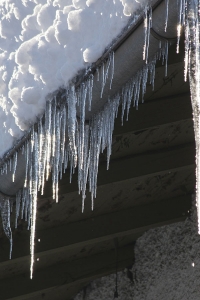
.
.
Storm Damage Insurance Claims
We are always up to date on the latest insurance claims processes and will work with your insurance company. It is our goal to ensure the process remains as headache free as possible for you.
.
.
Signs of Roof Damage Needing Repair
Since many types of storm damage are covered under a homeowner’s insurance policy, we are committed to helping our clients navigate the confusing waters of insurance claims. Here are a few signs to look for that may indicate your home is in need of storm damage repair or replacement services:
High winds can lift shingles’ edges (or other roofing materials) and force water and debris underneath them. Extremely high winds can cause extensive damage.
(The #1 Source of Damage) Hail can damage all types of roofs and cause further damage if left untreated. In most cases, damage cannot be observed from the ground. To determine if any damage has been caused by a hail storm, a close inspection of the roof must be made by a qualified professional.
Melting snow often refreezes at a roof’s overhang where the surface is cooler, forming an ice dam. This blocks proper drainage into the gutter. Water backs up under the shingles (or other roofing materials) and seeps into the interior. During the early melt stages, gutters and downspouts can be the first to fill with ice and may be damaged beyond repair.
Heat and ultraviolet rays cause roofing materials to deteriorate over time. Deterioration can occur faster on the sides facing west or south.
When water gets underneath shingles, shakes or other roofing materials, it can work its way to the roof deck and cause the roof structure to rot. Extra moisture encourages mildew and rot elsewhere in a building, including walls, ceilings, insulation and electrical systems. Mold may also develop and potentially cause illness.

 Your roof takes a beating each year from Mother Nature. Roof damage can be caused by hail, wind, rain, snow & ice, and even the sun. Denver storms roll through and create leaky roofs in their wake.
Your roof takes a beating each year from Mother Nature. Roof damage can be caused by hail, wind, rain, snow & ice, and even the sun. Denver storms roll through and create leaky roofs in their wake.

